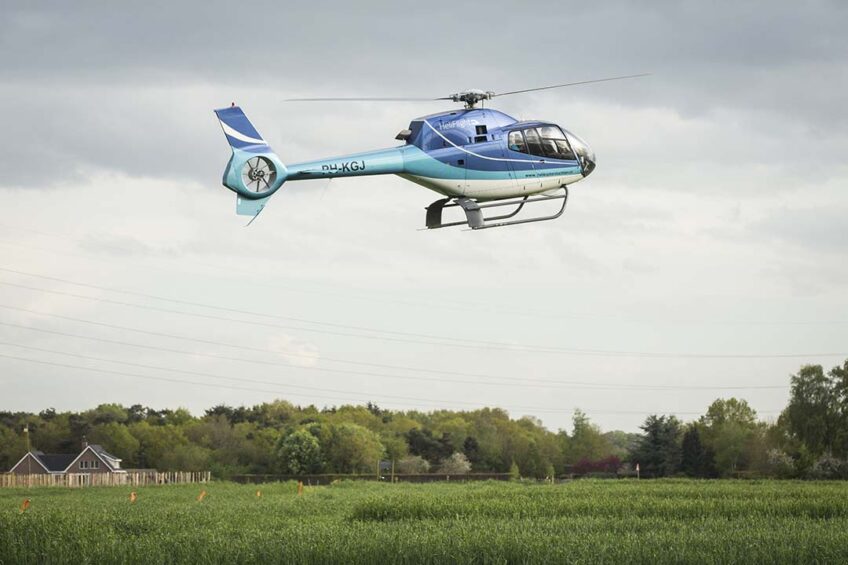Noise effects on poultry production often overlooked

Although much work has been done to investigate the effects of various environmental factors on poultry, such as heat stress, humidity and disease, seldom has the production responses of poultry to noise stress been taken into account. This article is intended to highlight the negative effects of noise and the often underestimated measures that can be taken to alleviate many of these effects.
Noise is everywhere but issues affecting poultry performance usually arise from over exposure to sound from electric generators, heating systems and mechanical fans, vehicle movements, aircraft and human factors. Noise levels associated with any of the above sources are best measured in decibels (dB) using a simple sonometer. It can also be measured with various mathematical equations utilising the Kw capacity, power efficiency and other electromechanical properties of the source device generating the noise. This second method, however, is not recommended in practical farm situations, particularly when the noise is generated by external sources with unknown technical properties.
Having estimated the level of noise by either means, the magnitude of the noise stress may be assessed using the limits provided in Table 1. If the birds are exposed to higher levels of noise for periods longer than those indicated in the table, then some or all of the following production responses may be expected, unless strict management practices are duly adopted.
Noise effects on feed utilisation
Chicks exposed to 83 dB 30 m from the generator had a lower feed intake compared to those exposed to 64 dB at a distance of 200 m. The weight gain and feed efficiency of the former group were reduced as a result (Table 2). The decreased feed intake by the high-noise group may be related to functional changes in the internal body system, such as decreased adrenal activity, thereby reducing feed intake through reduced intestinal relaxation and decreased gastric secretion, causing gastric distension and the delayed entry of gastric chime into the duodenum.
The digestibility values of dry matter and protein were similar for the 2 treatments but with fat digestibility reduced in the high-noise group, probably due to the development of oedematous villi and an increased number of mast cells in the intestinal surface further to noise stress. This may have been an additional factor in reducing the weight gain of the chicks.
Noise and meat quality
Exposure of chickens to noise before slaughter would have a negative impact on meat quality, mainly due to an increased plasma corticosteroid level (Table 3). The increased level of plasma corticosteroid is often associated with a higher ‘hue value’, indicating that the meat becomes less red. It also gives rise to a rapid breakdown of glycogen in the muscle, leading to a rapid decline in pH and a delayed drop in temperature of the carcass, all of which give rise to light-coloured meat with a low white blood cell count.
Noise and egg production
Studies have shown that single short episodes of stress due to aircraft noise did not affect poultry egg production, while longer periods of stress (3 days or more) reduced egg production. The loss of egg production in the latter case was attributed to reduced feed and water intake caused by noise stress, not to physiological changes. No differences in sexual maturity and the onset of egg production were found between the high-noise and the low-noise groups.
Noise and the immune function
Noise causes immune suppression through changes in the histological structure of various immune organs (Table 4). This may provide a clue to the greater susceptibility to disease and higher mortality rates among chickens kept in noisy environments.
Behavioural responses
Noise stress may lead to a startled response, latent period, running, total immobility, jerky head movements, sleep-like behaviour, higher panic and aggression, and feather pecking. The severity of these behaviours depends mainly on the intensity of the noise and interaction with other environmental factors affecting the endocrine and other physiological systems in the body.
Alleviation of noise effects
To alleviate noise stress on poultry farms, the following points should be considered:
- The farm should, as far as possible, be located away from airports or similar facilities with flight activities or training.
- Where power generators are used on a farm as a major source of energy or to protect against electricity failure, the distance between the chicken houses and the generator should be given prime consideration. The further the distance, the less noise stress and the better the performance.
- ‘Silent’ brands of ventilation fans with large diameters and a high velocity should be used. This allows the use of fewer ventilation units at greater distances from the source, thereby reducing noise intensity levels by about 20-25%.
- Workers should be instructed not to create additional noise by excessive and unnecessary yelling. Bells can also be removed from security systems and replaced with flashing strobe lights and auto-dialers that contact the farm manager to rectify any problems.
- Poultry feeds should be supplemented with antioxidants. This helps to alleviate many of the problems associated with noise by preventing peroxidation reactions and other metabolic changes that may be toxic to the cellular components.
Join 31,000+ subscribers
Subscribe to our newsletter to stay updated about all the need-to-know content in the poultry sector, three times a week. Beheer
Beheer











 WP Admin
WP Admin  Bewerk bericht
Bewerk bericht